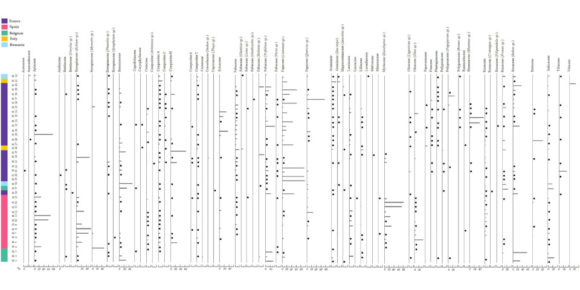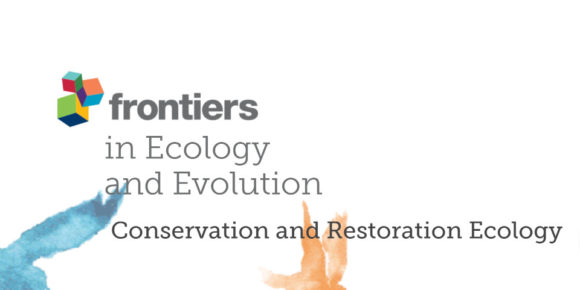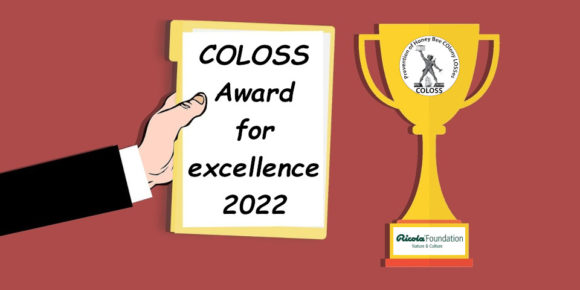Untimely loss of Panuwan Chantawannakul †
On March 18th, 2022 our Vice President, colleague, and friend Panuwan Chantawannakul passed away. She was with her family, and many of her current and former students. She’s terribly missed. Several activities are being discussed so that we can celebrate her. We will keep you informed.











